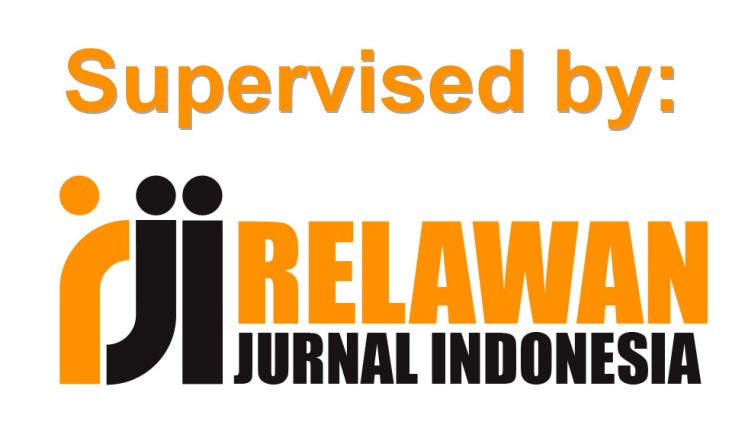Prediksi Persediaan Obat Untuk Proses Penjualan Menggunakan Metode Decision Tree Pada Apotek
Abstract
Inventory of drugs in a pharmacy is information that is needed to see the availability of drugs for the sales process. Oftentimes, the stock of drugs that are needed by the community is empty, while drugs that are not needed are actually abundant in stock in the warehouse. The unavailability of the drugs needed, of course, disappointed the people who were in dire need of these drugs. Meanwhile, the abundance of drugs that are not needed will cause losses because the drugs have expired due to being stored in the warehouse for too long. Another problem is that pharmacies feel overwhelmed in predicting which drugs are needed a lot and which drugs are not needed by the community. Considering that the prediction process is still manual, it is only by estimating it without any mathematical calculations.
Based on these problems, the authors decided to design a drug inventory prediction system for the drug sales process using the decision tree method. The purpose of this study is how to build an application to predict drug sales that can be used to optimize drug stock control and increase sales at pharmacies.
The Decision Tree algorithm is used because it is a suitable algorithm for classification problems and data mining, mapping attribute values into classes that can be applied to new classifications. The concept of the Decision Tree Algorithm is to convert data into a decision tree and decision rules. The Decision Tree Algorithm was introduced by (Quinlan, C.45: Programs for Machine Learning, 1993) which is a development of the ID3 Algorithm, the algorithm is used to form a decision tree. Decision tree is considered as one of the most popular approaches.
The results of functional testing indicate that the application can run properly according to its design. The results of the validity test stated that the Prediction of Drug Sales at Pharmacies with the C.45 Method with 30 samples of sales transaction data had an accuracy of 89%, thus indicating that the system that has been created has a fairly good performance and can be used by pharmacies to predict drug sales in the future. which will come.
Keywords
Full Text:
PDFReferences
R. A. F. Saputri, “Penerapan Metode Fuzzy Time Series Untuk Prediksi Penjualan Berbasis Web Pada Toko Grosir 3 Roda Sengkaling,” JATI (Jurnal Mhs. Tek. Inform., vol. 3, no. 1, pp. 290–297, 2019, [Online]. Available: https://ejournal.itn.ac.id/index.php/jati/article/download/1391/1247.
K. R. Dewi and K. F. Mauladi, “Analisa Algoritma C4 . 5 untuk Prediksi Penjualan Obat Pertanian di Toko Dewi Sri,” Semin. Nas. Inov. Teknol., pp. 109–114, 2020.
J. Eska, “PENERAPAN DATA MINING UNTUK PREDIKSI PENJUALAN WALLPAPER MENGGUNAKAN ALGORITMA C4 . 5,” JURTEKSI (Jurnal Teknol. dan Sist. Informasi), vol. 2, no. 2, pp. 9–13, 2016.
Victor Marudut Mulia Siregar, “PERANCANGAN APLIKASI DATA MINING UNTUK MEMPREDIKSI PENJUALAN MENGGUNAKAN METODE DECISION TREE PADA APOTIK THS PEMATANGSIANTAR,” J. Murni Sadar, vol. 7, no. 1, pp. 51–61, 2017.
G. W. Sasmito, “Penerapan Metode Waterfall Pada Desain Sistem Informasi Geografis Industri Kabupaten Tegal,” vol. 2, no. 1, pp. 6–12, 2017.
DOI: http://dx.doi.org/10.30646/tikomsin.v10i1.604
Refbacks
- There are currently no refbacks.
Editorial Office :
TIKomSiN : Jurnal Teknologi Informasi dan Komunikasi Sinar Nusantara
Published by STMIK Sinar Nusantara Surakarta
Address KH Samanhudi 84 - 86 Street, Laweyan Surakarta, Central Java, Indonesia
Postal Code: 57142, Phone & Fax: +62 271 716 500
Website: https://p3m.sinus.ac.id/jurnal/index.php/TIKomSiN
Email: tikomsin @ sinus.ac.id

This work is licensed under a Creative Commons Attribution-NonCommercial-ShareAlike 4.0 International License.










